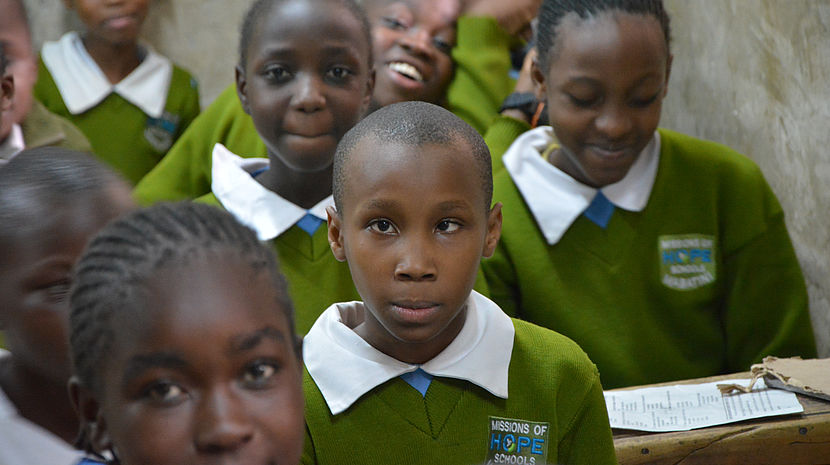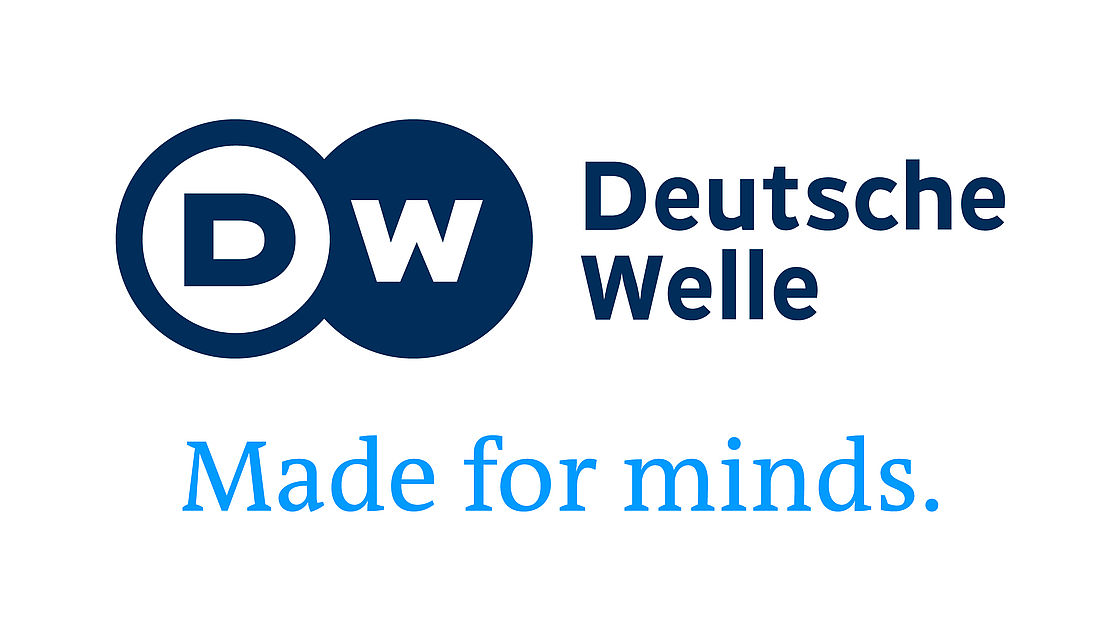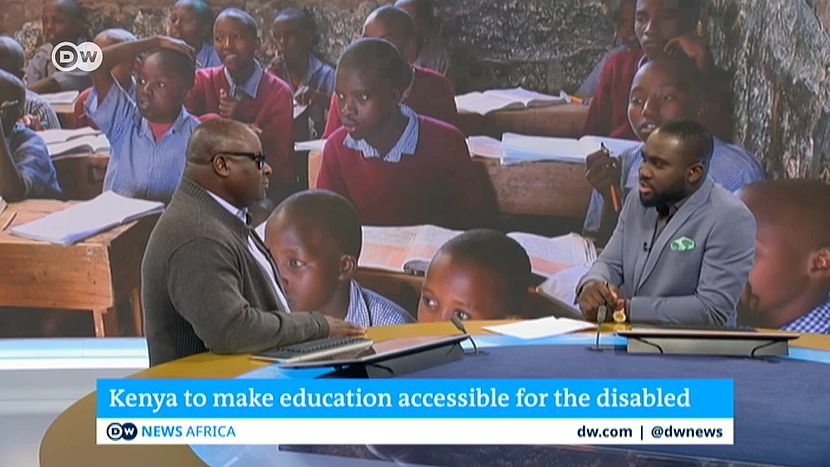20.06.2019 CBM Helps Kenya Implement its New Inclusive Education Policy

©CBM/Motta
Kenya is on its way to becoming a pioneer in terms of inclusive education. Kenya has passed a new policy aimed at making education accessible, so that all children with disabilities can go to school. This includes providing space, resources and training in mainstream schools so that children with and without disabilities can learn alongside each other.
Fredrick Haga had to leave school when he began going blind at 16. Seven years later—with the help of CBM—he went back to school and is now the acting Director, Special Needs Education in the Ministry of Education in Kenya.
In the following video interview with Deutsche Welle, Fredrick explains his own education experience and how and why the Kenyan government plans to implement the policy for inclusion on trainees and learners with disability.
Video interview with Fredrick Haga

Fredrick mentions that the Kenyan ministry is working with partners, including CBM.
CBM is currently implementing two education projects in Kenya in cooperation with the ministry that support the new policy:
'No one out' project
This project, financed by the Italian Agency for Development Cooperation and implemented by a consortium of NGOs of which SVI (Servizio Volontario Internazionale) is the main applicant, aims to lead to inclusive education and save incomes. Sixty per cent of Nairobi’s population live in slums and 50 per cent of youth and young adults (aged 15 to 24) are unemployed. Poverty and unemployment are particularly a problem for children with disabilities.
Within the first year of this project, 74 children and teenagers living in five slums of Nairobi, who were not going to school and (if older) did not have any income, were referred to schools, job trainings and other institutions in collaboration with Kenyan authorities.
The project is currently active in 16 schools and impacts 110 students with disabilities. CBM and its local partner train teachers to develop individual curriculums for each child as well as individual action plans for each school.
The project supplies materials, such as sign language alphabets and touchable clocks to learn about time and puzzles.
The project works to raise awareness among school directors and board members on the needs of children with disabilities and how they can be supported. Even security guards and kitchen staff, along with school staff and fellow pupils, receive barrier training.
Additionally, the children with disabilities receive medical care, which includes receiving a hearing aid, glasses or a wheelchair if needed.
The plan is to double the number of schools supported by the project within the next two years and to provide job trainings and training on developing business plans.
Project 'promoting inclusive education'
This project supports the Kenyan government in implementing its new inclusive education policy.
CBM and its partner the Agency for Disability and Development in Africa (ADDA) will offer 100 children with disabilities in Machakos, Kenya an inclusive education.
This project involves five disabled persons’ organisations (DPOs) and special needs institutions to advise on the special needs of persons with disabilities. Special need centres prepare children to receive an inclusive education. For example, children with visual impairment learn braille to be able to able to read and write.
The project ensures that no one will be left behind by involving many stakeholders and has tasked the ADDA and the DPOs to raise public awareness that children with disabilities have the right to go to school and that everyone benefits from an inclusive school environment.
